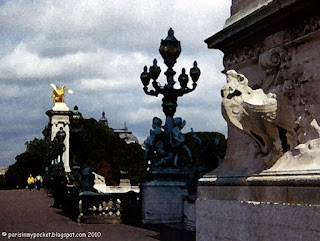Plate LVI - Eglise du Dome Des Invalides…
 I never realized what a presence Napoleon still has in
I never realized what a presence Napoleon still has in Dominating the buildings of Les Invalides, and indeed many views across Paris is the gilded dome of the Church of Les Invalides church of St Louis
The church today is the final resting place of French heroes, not surprisingly many of the Napoleonic age.
But beyond all, in a spectacular crypt beneath the massive dome internally decorated by Charles de la Fosse, and surrounded by 12 carved caryatid sentries (the Victories), in a red porphyry outer sarcophagus and six internally layered coffins, since 1840 have lain the mortal remains of Napoleon Bonaparte - the Corsican, the Little Corporal, General, First Consul and Emperor of France.






















